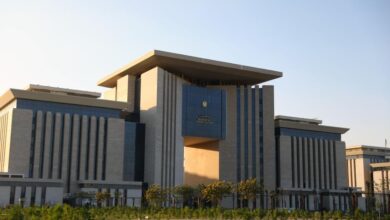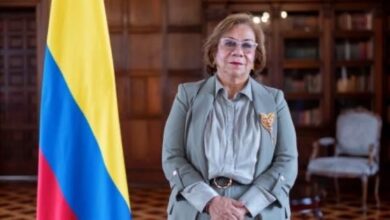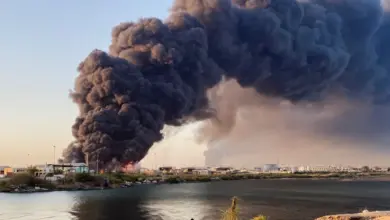We can avoid letting hazards develop into disasters. That seemed to be the resounding statement at the Arab League conference on 15 September, where the World Bank/UN report ”Natural Hazards, UnNatural Disasters: The Economics of Effective Prevention” was regionally launched.
Representatives from the UN and the World Bank as well as regional experts visited the Arab League to discuss how natural hazards should be dealt with in the Arab region. Lazlo Lovei, the World Bank's vice president for the Middle East and North Africa region, made it clear that the risk of natural disasters not only exists, but is also increasing.
“During the last 30 years, more than 40 million people in the Middle East and African regions have been highly affected by natural disasters,” he said. According to data from the UN, by 2020 more than 66 percent of the Arab population will be living in cities, an environment in which natural hazards present more risks.
The biggest challenge in the Arab region – growing urbanization – makes the need for the efficient emergency management of natural hazards more pressing. On the bright side, the report points out that disaster prevention is possible without spending more money but by simply investing money smartly.
Apurva Sanghi, a senior economist at the World Bank and the team leader of the project behind the report, clearly stressed the three core elements that help prevent large-scale disasters. He talked about three I's: information (to warn the population about the imminence of a natural hazard and to organize an evacuation), incentive (to improve current security) and infrastructure (that make it easier for people to move away from dangerous places). The three i’s depend on another I: institutions. This is one of the report’s major points: What happens when natural hazards hit a country can be managed through establishing stronger institutions.
This, however, is not just a matter of having strong formal and governmental institutions, Sanghi later explained in an interview with Al-Masry Al-Youm. “Institutions should be understood also as social groups, organizations and markets,” he said.
According to the report, only small changes have to be made for these institutions to be much more effective in hazard emergencies. An important but small step is to share a broader amount of information, Sanghi said.
“It is important to start thinking about knowledge and information funded by public money as a public good and not something which can be held a secret or to make money out of,” he said, referring to cases in which earthquakes were measured days before they took place, yet people weren’t warned in time.
”Provided there's sufficient political will and leadership these changes are absolutely realistic within this decade. In fact there are many examples of how countries have developed better systems for this within a few years,” Sanghi said. He explained how Bangladesh had big problems with floods in the 1970s, but now that Red Cross offices have been created in all the most vulnerable places, their simple methods using radios and megaphones efficiently warn people ahead of time, and prevent a lot of disasters from happening.
Although Sanghi stressed very clearly that the responsibility for making these changes goes from top to bottom, he says it is also up to individuals to take action.
“But it’s important to get rid of the assumption that the people are ignorant and don’t know what’s good for themselves. People are rational and when they for instance choose to live places where there is a high risk of earthquake they most likely do so because that’s were they’re able to find work. In this case, rather than forcing them to relocate, providing safe and reliable transport that connects job sites to safer areas for example, could reduce the need for them to settle in risky areas.”
Though the Arab region is in a risk zone for both floods and droughts, and the time to act is now, Sanghi tried to remain positive by mentioning that the pyramids are the last of the world’s seven wonders to be still standing. “Most of these wonders have been destroyed either by floods, earthquakes or fires, so it’s quite incredible how they can still stand!”




